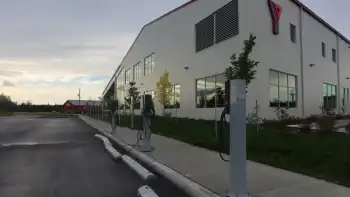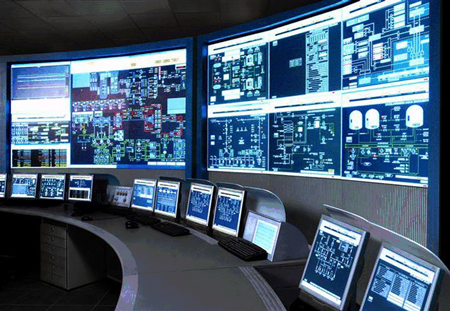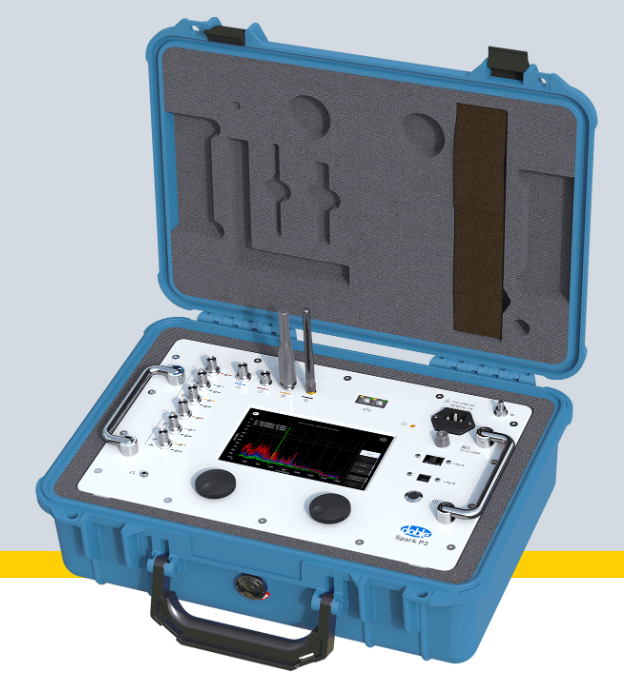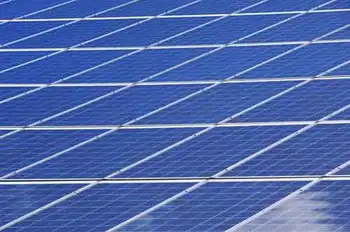The N.L. government is pushing the electric car but Labrador's infrastructure is lagging behind

Arc Flash Training CSA Z462 - Electrical Safety Essentials
Our customized live online or in‑person group training can be delivered to your staff at your location.

- Live Online
- 6 hours Instructor-led
- Group Training Available
Labrador EV Charging Infrastructure faces gaps, with few fast chargers; Level 2 dominates, fueling range anxiety for Tesla and Chevrolet Bolt drivers, despite rebates and Newfoundland's network linking St. John's to Port aux Basques.
Key Points
It refers to the current and planned network of Level 2 and Level 3 charging sites across Labrador.
✅ 2 public Level 2 chargers: Happy Valley-Goose Bay and Churchill Falls
✅ Phase 2: 3 fast chargers planned for HV-GB, Churchill Falls, Labrador City
✅ $2,500 rebates offered; rural range anxiety still deters buyers
Retired pilot Allan Carlson is used to crossing Labrador by air.
But he recently traversed the Big Land in an entirely new way, driving for hours on end in his electric car.
The vehicle in question is a Tesla Model S P100D, which Carlson says he can drive up to 500 kilometres on a full charge — and sometimes even a little more.
After catching a ferry to Blanc-Sablon, Que., earlier this month, he managed to reach Happy Valley-Goose Bay, over 600 kilometres away.
To get there, though, he had to use the public charging station in Blanc-Sablon. He also had to push the limits of what his car could muster.
But more affordable mass-market electric vehicles don't have the battery power of a top-of-the-range Tesla, prompting the Big Land's first EV owner to wonder when Labrador infrastructure will catch up to the high-speed charging network recently unveiled across Newfoundland this summer.
Phillip Rideout, an electrician who lives in Nain, bought a Chevrolet Bolt EV for his son — the range of which tops out at under 350 kilometres, depending on driving patterns and weather conditions.
He's comfortable driving the car within Nain but said he's concerned about traveling to southern Labrador on a single charge.
"It's a start in getting these 14 charging stations across the island," Rideout said of Newfoundland's new network, "but there is still more work to be done."
The provincial government continues to push an electric-vehicle future, however, even as energy efficiency rankings trail the national average, despite Labradorians like Rideout feeling left out of the loop.
Bernard Davis, minister of environment and climate change, earlier this month announced that government is accepting applications for its electric-vehicle rebate program, as the N.W.T. EV initiative pursues similar goals.
Under the $500,000 program, anyone looking to buy a new or used EV would be entitled to $2,500 in rebates, an attempt by the provincial government to increase EV adoption.
But according to a survey conducted this year by polling firm Leger for the Canadian Vehicle Manufacturer's Association, 51 per cent of rural Canadians found a lack of fast-charging public infrastructure to be a major deterrent to buying an electric car, even as Atlantic EV interest lags overall, according to recent data.
While Newfoundland's 14-charger network, operated by N.L. Hydro and Newfoundland Power, allows drivers to travel from St. John's to Port aux Basques, and 10 new fast-charging stations are planned along the Trans-Canada in New Brunswick, Labrador in contrast has just two publicly available charging locations: one at the YMCA in Happy Valley-Goose Bay and the other near the town office of Churchill Falls.
This is the proposed second phase of additional Level 2 and Level 3 charging locations across Labrador. (TakeChargeNL)
These are slower, Level 2 chargers, as opposed to newer Level 3 charging stations on the island. A Level 2 system averages 50 kilometres of range per hour, and a Level 3 systems can add up to 250 kilometres within the same time frame, making them about five times faster.
Even though all of the fast-charging stations have gone to Newfoundland, MHA for Lake Melville Perry Trimper is optimistic about Labrador's electric future.
Trimper has owned an EV in St. Johns since 2016, but told CBC he'd be comfortable driving it in Happy Valley-Goose Bay.
He acknowledged, however, that prospective owners in Labrador might not be able to drive far from their home charging outlet.
More promises
If rural skepticism driven by poor infrastructure continues, the urban population could lead the way in adoption, allowing the new subsidies to disproportionately go toward larger population centres, Davis acknowledged.
"Obviously people are not going to purchase electric vehicles if they don't believe they can charge them where they want to be or where they want to go," Davis said in an interview in early September.
Under the provincial government's Phase 2 proposal, Newfoundland and Labrador is projected to get 19 charging stations, with three going to Labrador in Happy Valley-Goose Bay, Churchill Falls and Labrador City, taking cues from NB Power's public network in building regional coverage.
Davis would not commit to a specific cutoff period for the rebate program or a timeline for the first fast-charging stations in Labrador to be built.
"At some point, we are not going to need to place any subsidy on electric vehicles," he said, "but that time is not today and that's why these subsidies are important right now."
Future demand
Goose Bay Motors manager Joel Hamlen thinks drivers in Labrador could shift away from gas vehicles eventually, even as EV shortages and wait times persist.
But he says it'll take investment into a charging network to get there.
"If we can get something set up where these people can travel down the roads and use these vehicles in the province … I am sure there will be even more of a demand," Hamlen said.















